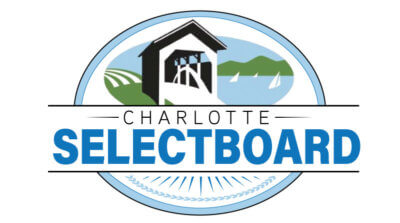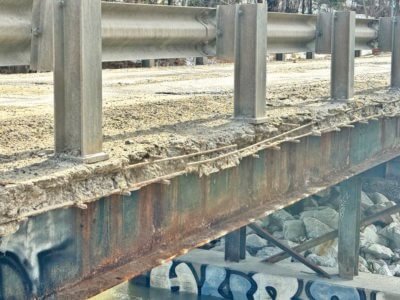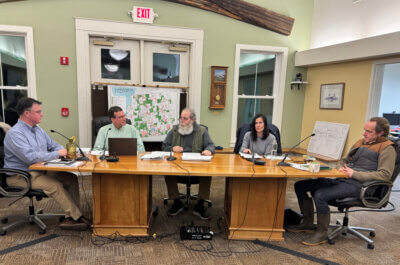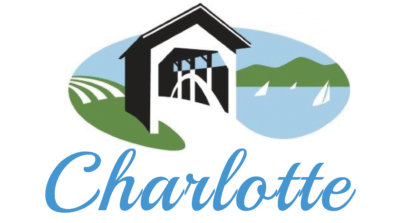Garage cost revised to under $3 million
How do you like these apples? Going back to the contractors for a revised bid for building a Charlotte town garage proved to be fruitful — more than $839,000 fruitful.
At the Oct. 10 meeting, the selectboard was very surprised and much more than a little disappointed that the only two bids to build the garage were for more than $3.8 million. The board’s displeasure was understandable considering $3 million was all voters had approved in the August vote.
At its Oct. 24 meeting, the selectboard unanimously approved empowering town administrator Dean Bloch and chair Jim Faulkner to talk to the two bidding companies to see if they could rework those bids to bring the cost down.
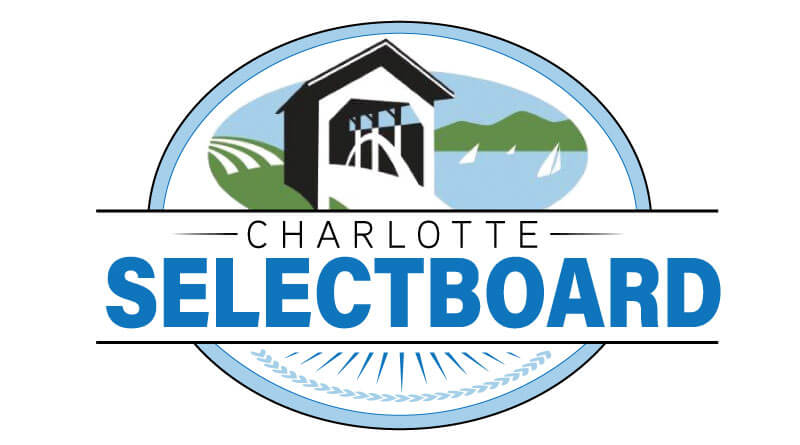 One of the two companies which bid on the project — Farrington Construction of Shelburne — proved to be particularly amenable to working with the town to see what could be done to reduce the cost. Farrington’s revised budget for building the garage is just shy $2,958,000.
One of the two companies which bid on the project — Farrington Construction of Shelburne — proved to be particularly amenable to working with the town to see what could be done to reduce the cost. Farrington’s revised budget for building the garage is just shy $2,958,000.
The other company that submitted a bid, Naylor and Breen Builders of Brandon, would have charged $25,000 to look for ways to bring down its bid down, while Farrington didn’t charge anything. That fact went a long way toward swaying the selectboard for Farrington.
At a board meeting on Nov. 2, Farrington’s bid was approved by three votes, with Matt Krasnow absent and Faulkner abstaining because the motion designated that he will handle further negotiations with the company if needed.
“We haven’t jeopardized the project by any means at all. It’s still very functional. We just reduced some of the costs associated with it,” Faulkner said.
Some of the largest reductions in cost came from switching from metal to wood trusses (approximately $300,000), excavating changes ($150,000) and changing an asphalt apron behind the building to gravel (almost $200,000).
Everything was reconsidered and costs were cut throughout the plan, said Faulkner.
The switch to wood trusses was a cost-based decision. Even with wood, the 150×60-foot building will still have a clear span, meaning there won’t be any supporting posts.
“You could drive around and do figure eights in the building if you wanted to,” he said.
Having an open area or clear span without supporting posts is how most town garages are built. The consensus opinion Faulkner heard is support posts in the middle of a garage makes working there too complicated.
The current cost of wood illustrates how erratic the price of construction materials is in the post-pandemic economy. Six months ago, metal was cheaper than wood, but now the costs have flipped.
Switching to wood beams brought the construction cost down significantly, and the cost of metal is just going to keep going up, he said.
Besides reducing the cost, switching to gravel for the parking area is better ecologically because it is a more permeable surface. “Asphalt was going to shoot the water down to the end of the apron,” Faulkner said in a phone call.
He said the building footprint was also moved away from a wetland buffer area.
“We wanted to get as far away from the wetland as we could,” Faulkner said. Where parking was for the flea market that was formerly on the site is now actually wetland.
In the initial plan the building would have been closer to the wetland because the town didn’t realize the wetland had grown, encroaching farther onto the property. That initial design was based on a 2004 study, and it looked like there was plenty of room for the garage.
It occurred to Faulkner that it might be a good time to have another wetland study done, which revealed the wetlands were closer now.
“That threw a wrench in the works because we had planned the building with plenty of room,” he said.
Siting the building became a tighter fit on the property. It was moved closer to Route 7 than in the original design.
Less than 3,000 feet of the parking will be in what’s now zoned as wetland buffer area but none in wetland zoned area. It is “pretty much a given” that the town will get a permit from the state for this parking, Faulkner said.
After all of the construction modifications were factored into the budget, it was still a bit over $3 million, but the board decided to apply for a construction loan instead of a bond to finance construction, bringing the cost under that limit.
A bond would have cost the town around $57,000. An advantage of getting a bond is it guarantees the work will be finished, but with large companies like Farrington this isn’t a concern, Faulkner said.
Farrington is so reputable, has so many big jobs, and the Charlotte garage is so small in comparison to other jobs the construction company has done that the board is confident a bond isn’t needed. This job is “nothing to them” and the $57,000 just goes to an insurance company, he said.
Farrington is the company that took over building the mall in the center of Burlington known as CityPlace when that project stalled, Faulkner said.
Town assessor John Kerr has agreed to be the clerk of the works, the person responsible for overseeing the construction for the town. He has experience doing this type of work, Faulkner said.
Related Stories
Popular Stories
If you enjoy The Charlotte News, please consider making a donation. Your gift will help us produce more stories like this. The majority of our budget comes from charitable contributions. Your gift helps sustain The Charlotte News, keeping it a free service for everyone in town. Thank you.
Bill Regan, Chair, Board of Directors




